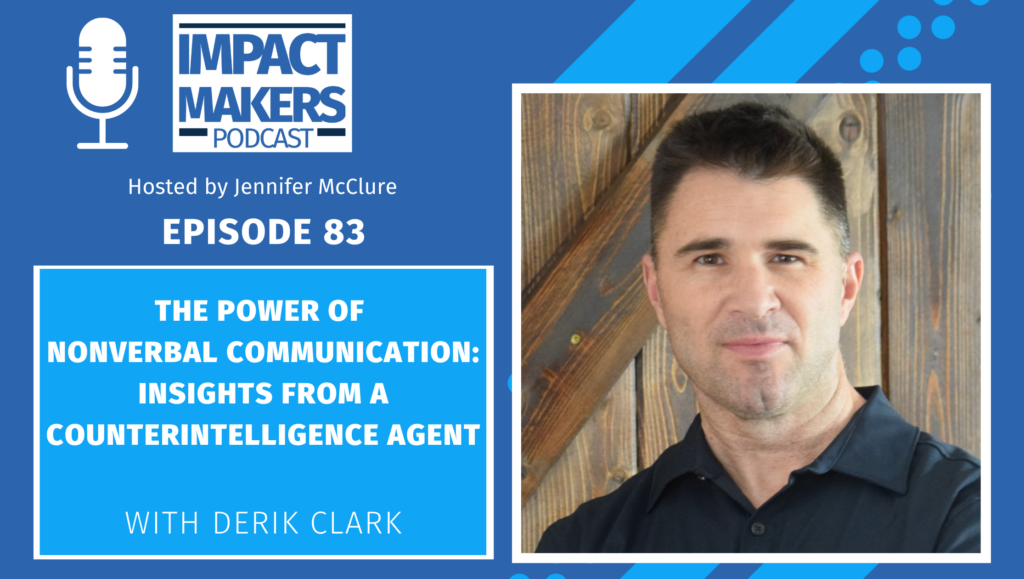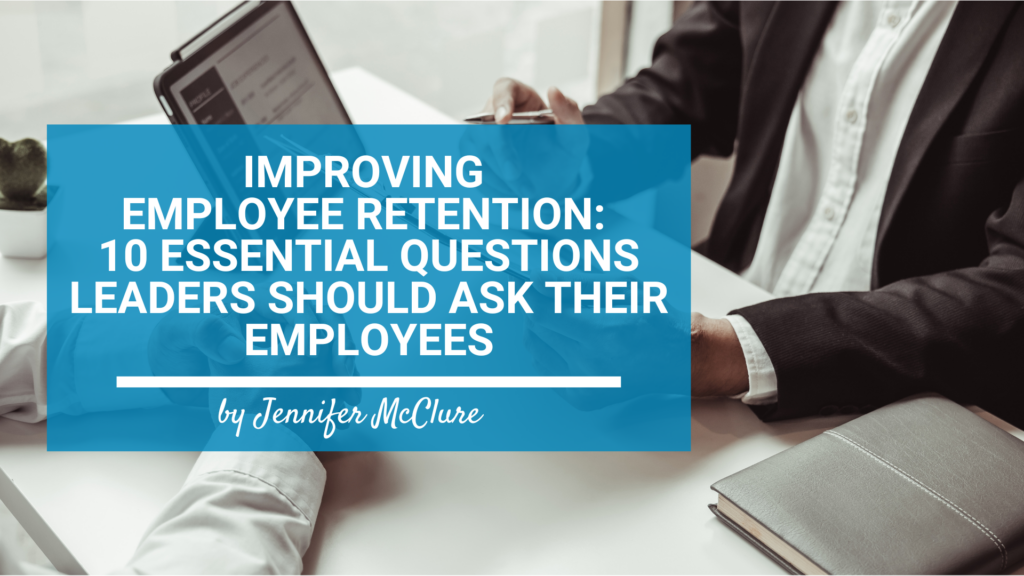A few months into the “new normal” of 2020, a young friend of mine graduated from university, and after years of preparation and anticipation, accepted their dream job at their dream company – a large, well-established, global organization, which has won many awards for being a Great Place to Work.
In the early days of the pandemic, he moved across the country, bought a new house, and filled with pride, drove by the company’s large office building prior to his first day of work.
But a drive-by was as close to that building as he would get. Shortly after he had accepted his offer a few months earlier, most everyone at the company went to a remote work strategy as a result of the pandemic.
Like a well-oiled machine, prior to his first day on the job, the onboarding team sent office supplies, a new computer, a desktop monitor, and a mobile phone to his home address. New hire paperwork was delivered and signed electronically, and new hire training was completed via a series of virtual training modules that were available on demand.
On his first day, he got up early, dressed professionally, made a cup of coffee – and made the 25-step commute to his new home office.
First on the agenda was a video call with an HR representative, and then a quick connect call with his new boss, neither of whom he’d ever met in person. Each person was friendly, welcomed him to the team, and instructed him to reach out via instant messenger or email any time he had questions or concerns.
Unfortunately, as work days turned into work weeks, “going to work” didn’t feel much different than going to play video games, or going to watch TV, or going to bed – because all of those things happened in the same place, and without other people.
After a couple of months, the initial excitement around starting a new career, and a new life in a new city began to wane.
There was plenty of work to do, and clear goals to achieve, but there was no connection with his boss, his team – or the company. The virtual training had been thorough, but with no opportunity to get to know anyone beyond video calls or virtual team meetings, he felt disconnected – and disappointed. As a new hire, he found it difficult to ask questions in virtual team meetings, and it felt intrusive to send people multiple IM’s to follow up, or to learn more about a topic that was discussed.
By the time I reached out to him to ask how things were going, he was already taking calls from recruiters, and responding to other job offers on LinkedIn. When I asked why he would want to leave such a great opportunity at a company well-known for having a great culture, he shared that he didn’t feel like the work that he did mattered, and he didn’t feel any connection to his boss, his team, or the company. He said:
I don’t even know what the company’s culture is. I can read about it, but I don’t feel it.
Unfortunately, this experience isn’t something that happens just with new hires, or remote employees. The importance of creating connection – to the company, to the work, to the team, and to the manager – is critical, whether we’re working together in an office, or separately in our own homes, or from a local coffee shop. And the job of creating connection falls squarely on us as leaders of people.
As people leaders, we’ve long been obsessed with improving employee engagement, but we’ve also often missed the mark by equating high levels of engagement with perks like free food, ping pong tables, or bringing pets to work – things that we perceive make people happy.
The truth is that employee engagement is an outcome of whether employees truly feel connected to the company, and to its purpose.
As a leader, creating connection for your team members is one of your most important, most difficult, and most rewarding jobs. Employees who feel connected to the company’s reason for existing, can successfully navigate through challenges, difficulties, and frustrations, (or a global pandemic), because they feel that the work that they do matters.
So, what can you do, as a leader, to ensure that your employees experience connection to their work, to you, to their team, and to the organization?
Leaders Must Be Visible, Available, and Approachable
Over the last 20 years, Gallup has reliably measured employee engagement, and the percentage of employees who are actively engaged at work hasn’t really veered that much from about one third, plus or minus a couple of percentage points. However, according to their surveys, about 3 months into the global pandemic, employee engagement reached record levels in June 2020.
Why did employee engagement go up, during such a challenging time?
While there were many reasons, including gratitude for even having a job, one of the key reasons was increased visibility and communication from leadership.
Think back to March 2020.
Whether your workplace laid employees off, sent everyone home to work, or navigated the challenges of providing a safe place to work for essential employees, communication efforts likely increased exponentially. There were daily check in calls among team members, and with managers, and there were frequent “all hands” Zoom or Teams calls where leaders would share plans for the day – that was about all we could handle at that point – as well as how they were addressing the unknowns.
The increased communication, and check-ins created a shared experience, with a common goal – to safely get through the challenges, and meet customers’ needs.
It’s critical for leaders to communicate consistently, to focus their teams on a common purpose, and to connect with employees individually on an ongoing basis, not just in times of difficulty or great challenge.
Employees Need to Be Seen, Valued and Cared For
As encouraging as it was to learn that employees felt more connected to their work than ever during a time of global upheaval, unfortunately, it didn’t last.
Gallup’s measurements revealed an “historic decrease” in employee engagement just a month after the unprecedented rise.
What happened?
As the pandemic response dragged on, and the “new” future of work became more routine, leaders likely backed off of their daily communications and check-ins. The US also experienced significant cultural upheaval and strife following the killing of George Floyd. Employees felt less prepared for the daily challenges in their work-life, and often unsupported in their personal life as they experienced collective trauma and uncertainty following such a horrific event.
Unfortunately, during this critical time when many employees were experiencing a flurry of complicated emotions, many leaders did not feel qualified or educated enough to address how their employees were feeling, and as a result, may not have addressed them at all.
Dealing with humans and human emotions can be tricky, but as leaders, our job is to care for those that we lead and serve.
Often, one of the best ways to show that you care, is to ask how someone is doing, and then to actually listen. No answers or solutions required.
So, what ultimately happened with my friend above?
After struggling for several months, working for a leader who was unavailable, and difficult to approach, another leader who participated in project meetings with him regularly reached out to him one day via IM, and simply asked:
“Are you okay?”
This leader created a safe space for him to share his struggles with feeling connected, respected and valued, and he offered his support. He also connected my friend with an extremely helpful and caring HR leader, who provided positive coaching and resources to assist him with addressing the poor relationship he had with his direct manager.
Ultimately, my friend applied for another role in the company after a few months, and accepted a transfer to another division.
Now, working for a different leader, he’s found a new life and purpose in the organization, in a role where he feels that he’s really making a difference. Before moving into this new role, he made a point to reach out to the manager who asked him how he was doing that day, as well as the HR leader, to thank them for their help and support.
As leaders, each of us is in a powerful position where we can make a real difference in someone’s life — and to do that effectively, we must prioritize communication, connection, and caring.
Do that, and you’ll create real value in your organization, as well as in the lives of those that you lead and serve.
As a keynote speaker and leadership coach, Jennifer McClure helps leaders to embrace the future of work, and to develop the skills necessary to lead their organizations and the people on their teams to take bold actions that positively impact business results.
Want more leadership and future of work insights from me?
SUBSCRIBE to get my weekly Impact Makers newsletter delivered to your inbox!




